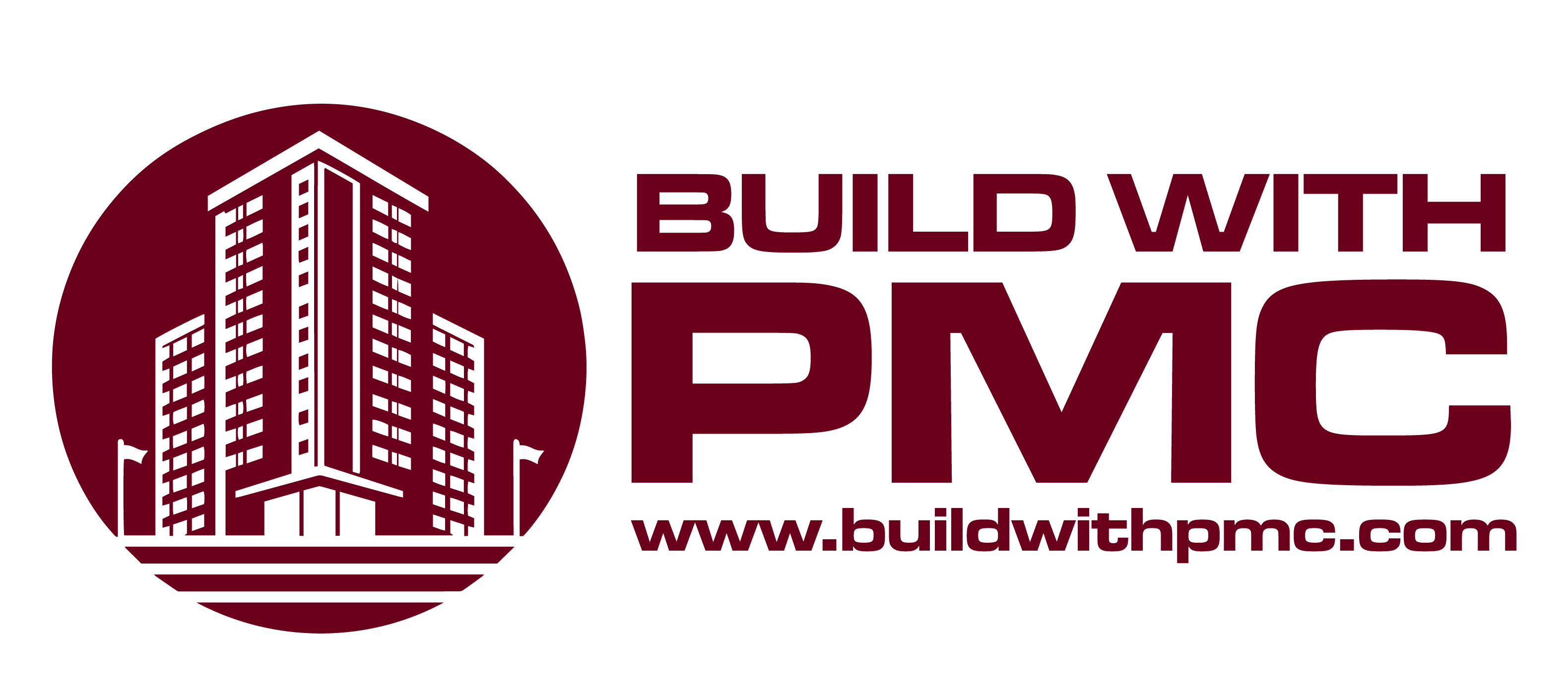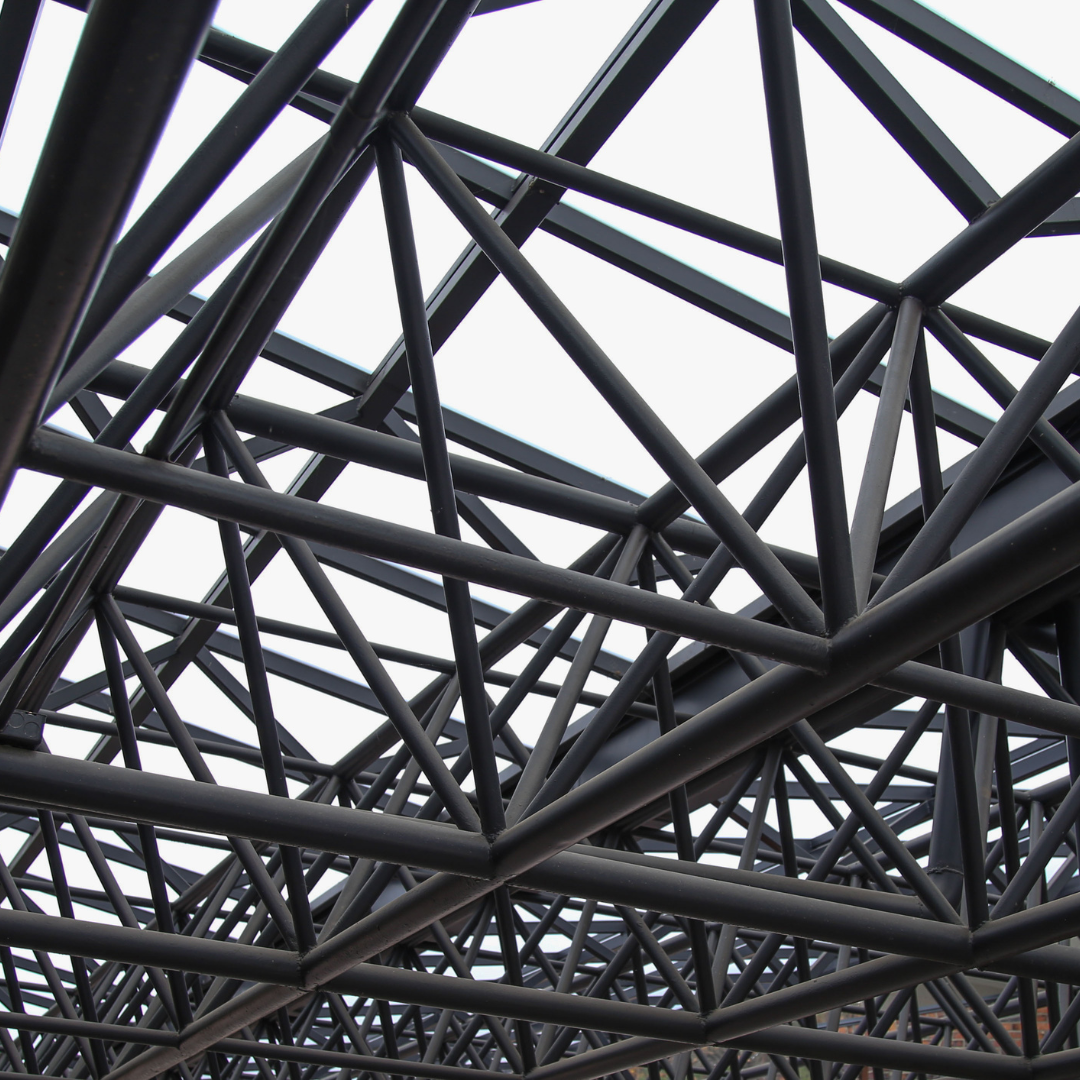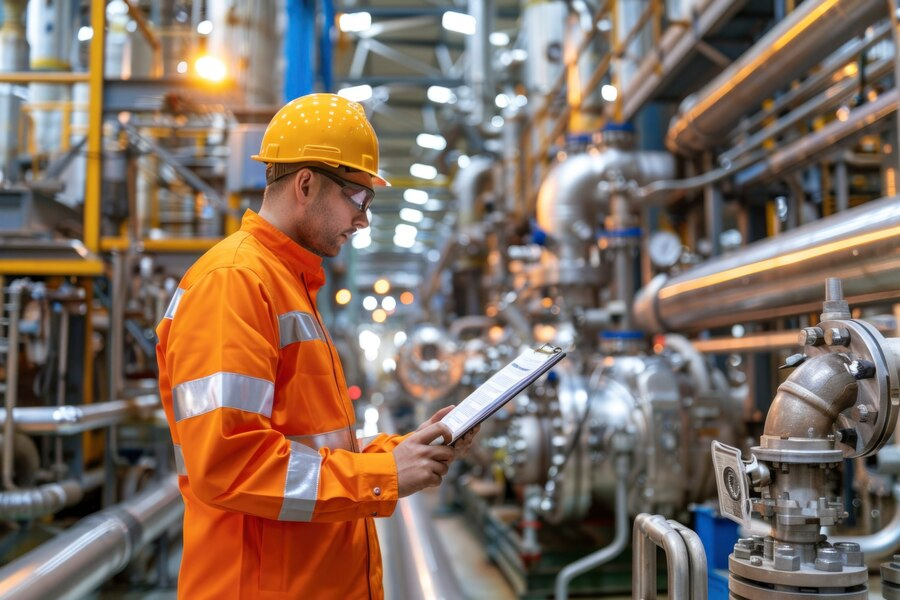Structural steel is the backbone of modern construction, playing a vital role in shaping the skylines of our cities and the infrastructure we rely on daily. From towering skyscrapers to intricate bridges, this versatile material is essential in bringing architectural visions to life. But what makes structural steel such a preferred choice among engineers and architects? In this exploration, we delve into the fascinating properties of structural steel, uncovering its strength, durability, and flexibility. We’ll examine how its unique composition allows for innovative design possibilities while ensuring structural integrity and safety. Join us as we take a closer look at the remarkable characteristics that make structural steel a cornerstone of construction projects worldwide. Whether you’re a seasoned professional or simply curious about the science behind the structures that surround us, this journey promises to illuminate the remarkable world of structural steel.
Unlocking the Potential: The Flexibility and Adaptability of Structural Steel
Structural steel stands as a testament to human ingenuity, offering a remarkable blend of strength, durability, and perhaps most notably, flexibility. In the realm of architecture and engineering, the ability to adapt to diverse design needs is paramount, and structural steel emerges as a hero in this narrative. Let’s delve into the world of structural steel and explore how its inherent flexibility and adaptability have reshaped the landscapes of modern construction.

Versatility in Construction
From soaring skyscrapers to intricate bridges, structural steel finds its place in a myriad of construction projects. Its versatility allows for seamless integration into diverse structural systems, accommodating various design requirements and engineering challenges with ease. Whether it’s a sleek, contemporary masterpiece or a timeless architectural marvel, steel adapts to fulfill the vision of designers and builders alike.
Efficiency in Assembly
Time is of the essence in construction, and structural steel offers a solution with its efficiency in assembly. Prefabricated steel components streamline the construction process, reducing labor costs and accelerating project timelines. The ability to fabricate steel off-site and assemble it on-site minimizes disruptions to surrounding environments, making steel an ideal choice for projects with tight schedules and logistical constraints.
Adaptability to Environmental Conditions
Nature is unpredictable, but structural steel remains steadfast in the face of adversity. Its inherent resilience makes it well-suited to withstand a wide range of environmental conditions, including extreme temperatures, seismic activity, and high winds. This adaptability ensures the structural integrity of buildings and infrastructure, providing peace of mind to occupants and stakeholders alike.
Future-Proofing Infrastructure
In a rapidly changing world, the ability to future-proof infrastructure is essential. Structural steel offers a solution with its adaptability to accommodate technological advancements, changes in usage patterns, and evolving sustainability standards. By providing a flexible framework for adaptation, steel ensures that buildings and infrastructure can evolve alongside the needs of society, prolonging their lifespan and relevance for generations to come.
Integration with Sustainable Practices
Sustainability is a driving force in modern construction, and structural steel aligns seamlessly with sustainable practices. Its recyclability, energy efficiency, and long lifespan contribute to green building certifications and initiatives, making it a preferred choice for environmentally conscious projects. By embracing steel, architects and developers can create sustainable structures that not only withstand the test of time but also minimize their environmental footprint.
Fortifying Structures: The Fire Resistance of Structural Steel
In the realm of construction, safety is paramount, and the ability to withstand fire is a crucial consideration for building materials. Enter structural steel—a material renowned for its exceptional fire resistance. Let’s explore the key points that highlight why structural steel is a trusted ally in fortifying structures against the ravages of fire.
- High Melting Point: Structural steel boasts a high melting point, far exceeding temperatures typically reached in building fires. This property ensures that steel maintains its structural integrity even in the face of intense heat, providing invaluable time for occupants to evacuate safely.
- Slow Rate of Heat Transfer: Unlike some other building materials, steel exhibits a slow rate of heat transfer. This means that in the event of a fire, steel components heat up gradually, delaying the onset of structural failure and giving firefighters precious time to contain the blaze.
- Minimal Thermal Expansion: Thermal expansion can exacerbate structural damage during a fire, but structural steel’s minimal thermal expansion mitigates this risk. By maintaining dimensional stability even at high temperatures, steel helps prevent structural distortions that could compromise building safety.
- Fire-Resistant Coatings: While steel inherently offers significant fire resistance, additional fire-resistant coatings can further enhance its performance. These coatings act as a protective barrier, insulating the steel from heat and flames and extending its fire resistance capabilities.
Building a Greener Future: The Sustainability and Recyclability of Structural Steel
In an era defined by environmental consciousness, the construction industry faces a pressing imperative to embrace sustainable practices. At the forefront of this movement stands structural steel, a material renowned not only for its strength and durability but also for its remarkable sustainability and recyclability. Join us as we explore how structural steel is shaping a greener future for construction, blending innovation with environmental responsibility.
Energy-Efficient Production
The journey towards sustainability begins at the production stage, and structural steel leads the way with its energy-efficient manufacturing process. Compared to other building materials, steel production consumes fewer resources and emits fewer greenhouse gases, reducing its environmental footprint from the outset. By minimizing energy consumption and emissions, steel sets a precedent for sustainable material production in the construction industry.
Endless Recyclability
Unlike many conventional building materials, which end up in landfills at the end of their lifespan, structural steel boasts endless recyclability. At the end of a building’s life, steel components can be recycled and repurposed without any loss of quality or performance. This closed-loop recycling process not only conserves natural resources but also reduces waste and minimizes the environmental impact of construction projects.
Green Building Certifications
Sustainability isn’t just a buzzword—it’s a measurable goal, and structural steel helps projects achieve it through green building certifications. From LEED to BREEAM, steel’s recyclability, energy efficiency, and durability contribute to the attainment of these prestigious certifications. By choosing steel, architects and developers demonstrate their commitment to sustainable construction practices and environmental stewardship.
Reduced Carbon Footprint
The carbon footprint of a building extends far beyond its construction phase, encompassing its entire lifecycle. Structural steel plays a crucial role in reducing this footprint by enabling energy-efficient building designs and long-lasting structures. Its lightweight nature minimizes transportation emissions, while its durability ensures that buildings remain operational for decades, mitigating the need for frequent renovations and replacements.
Adaptability to Sustainable Design
Sustainable design is about more than just materials—it’s about holistic solutions that consider the environmental, social, and economic aspects of construction. Structural steel’s adaptability makes it a natural fit for sustainable design principles, allowing architects to incorporate features such as natural ventilation, daylighting, and renewable energy systems with ease. By embracing steel, designers can create buildings that not only minimize their environmental impact but also enhance the well-being of occupants.
Conclusion
The properties of structural steel underscore its indispensable role in modern construction. Its exceptional strength, durability, and versatility make it a preferred material for a wide range of architectural and engineering projects. From towering skyscrapers to intricate bridges, structural steel provides the foundation for safe, resilient structures that stand the test of time.
For further inquiries about structural steel and its applications, feel free to reach out to PMC INC located in Southern California. Our knowledgeable team is equipped to address any questions you may have and provide expert guidance for your construction needs. Contact us at 562-905-3101 to learn more about how structural steel can elevate your next project.




